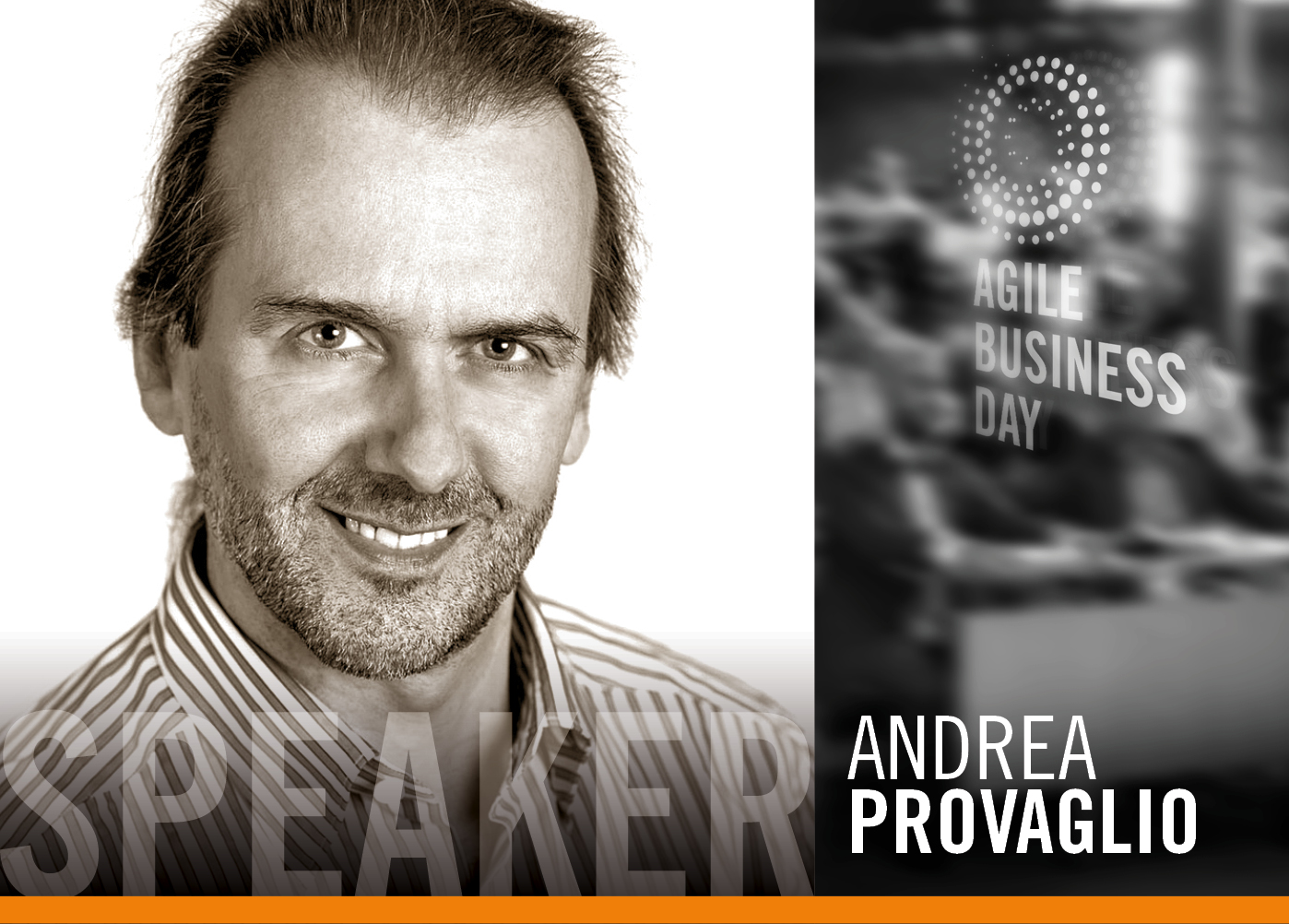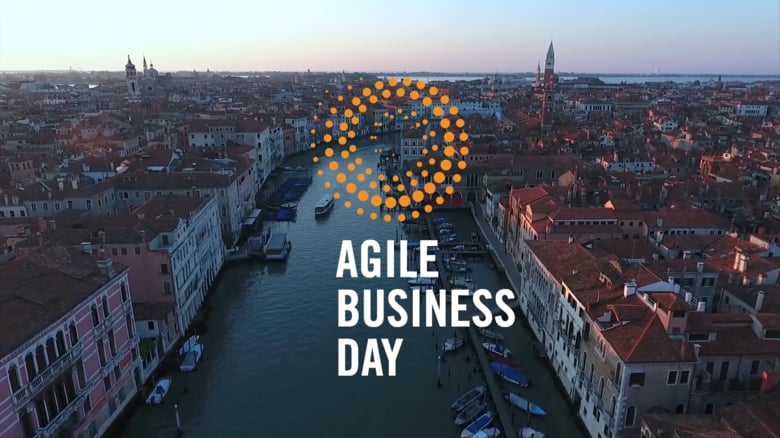Peoplerise will be media partner of the Agile Business Day, which will be held in Venice on September 15th. The event, the only one of its kind in Italy, will this year focus on the theme “Growing in Agility”. We asked Andrea Provaglio, main curator of the conference, to explain the contents of the program.

Why might it be interesting for a manager to participate on this day?
“Because we will provide a 360-degree overview of what agility means for business. It will be an opportunity to understand how to make your organization adaptive, i.e., able to respond quickly to change, and resilient, i.e., able to withstand times of stress, while ensuring the quality of both the product and life within the company.”
How does Agile Business Day differ from other meetings?
“In Italy there are many events that gravitate around the theme of agile, some have been around for several years. Most of them have a stamp that we could define more “traditional”, because Agile was born more than 20 years ago in the Information Technology field and most of the meetings are organized for that kind of industry and products. But agile, as we now call it in a broader sense, is no longer just reserved for software but is an approach that can be adopted generally in the organizational environment, in various contexts, such as marketing, human resources, contract management. The differentiating factor of the Agile Business Day is therefore related to the fact that we address first of all the managerial side and not the technical side and we are only to a lesser extent related to Information Technology, but we try to see and propose agility at 360 degrees within companies, regardless of the kind of services or products.”
There will be five main themes: agile for business, understood as budget management, product and service design, people (hr) management, business models, organizational evolution, leadership, marketing and business agility; agile project/product management, on project management and product implementation in an exploratory and adaptive way; agile for techies, focused on the technical aspects of agility, especially for the development of software products and services; agile coaching, focused on the development of people, collaborators, management of personal dynamics and team collaboration; and agile foundation, dedicated to the fundamentals of agility for those who are getting closer to this approach.
What are the differences from previous editions?
“This year for the first time we have seven world-class speakers that we have invited who will cover a very broad spectrum of topics: from the financial/organizational aspect, to agility for business and growth, to human resources, to marketing. So there will be presentations of real-life experiences by the speakers. We’ll have with us, for example, a manager from Spotify who will talk about how the company is organized internally to be able to cope with the technology it has to use. And then there will be David Hussman, a person with great depth and insight, who will talk about how you can discover products you really need by interacting with your users and the marketplace, rather than imagining them. But I’m also very pleased with the national speaker offerings, which went through a Call for Paper and selection process.”
What will you talk about in your speech?
“The individual qualities that enable leadership within an agile culture and why this is important for organizations. Some of the principles of agility, such as the partial decentralization of decision-making processes, do in fact touch on some centuries-old (literally!) established aspects of organizations, such as the organizational pyramid structure, in which those at the top decide for those at the bottom, resulting in a bottleneck. What we try to do in agile organizations instead is to network some decision-making processes, aiming to have teams that are able to take collective responsibility and smart decisions as a group of people, meaning with self-management capabilities. This can only happen if there is a definite leadership intent behind it. Although it’s actually a strange intent, because when a person truly succeeds in manifesting and implementing this kind of leadership, the result is that, in the end, their presence as a leader is almost no longer necessary (and we could talk about what that “almost” means here, but that would take too long). This is an approach that is totally in contradiction with what is generally understood as leadership in traditional organizations, where it is often a game of careers, status, privileges and power. So leading others until they no longer need you is one of the apparent paradoxes of agility.”
Is there any connection with the theories of Frederic Laloux?
“Yes, lines can be drawn between some of the concepts of agility and Laloux (author of the book Reinventing Organizations). These are in my opinion two different keys to a real need that our era has and that is to bring out the collective intelligence and the collaborative and creative capacity of people.”

Is there any intersection between agility and sustainable development?
“Agility has two important concepts for development: one is about operating at a sustainable pace for those who produce, in order to ensure efficiency but also quality; the second is about releasing value frequently and in small doses, so that the system, the market and businesses are not overloaded. A classic example of this second case are the applications that we all use daily with our smartphones and that are updated very frequently. Each update brings an improvement, because it corrects defects or adds functionality, in both cases identified through the feedback you receive from users. This approach of releasing a new feature, perhaps a small one but at frequent and rapid intervals, on the order of 2 weeks or even much less, ensures that there is a continuous dialogue between the producer and the user. Agility essentially keeps companies and society from producing things they don’t need and discovering the ones they do need by doing lots of small, inexpensive experiments.”
In the Agile model there is a strong focus on experimentation through prototypes, which is a central part of the way Peoplerise works. For us, agility represents a system through which companies can begin to experiment with principles of self-management, diffuse leadership, executive speed and increased learning during feedback processes. We are therefore interested in it as a driver towards organizations that are more oriented to the needs of their customers and their people, where the company’s purpose is at the center and decisions are made in a more distributed manner. Sharing this way of looking at the topic of agility in a more holistic, less mechanistic and less purely methodology-based way is important and that’s why Peoplerise decided to be a media partner of the Agile Business Day.
If you’d like to learn more, we”ll see you in Venice on September 15th!
